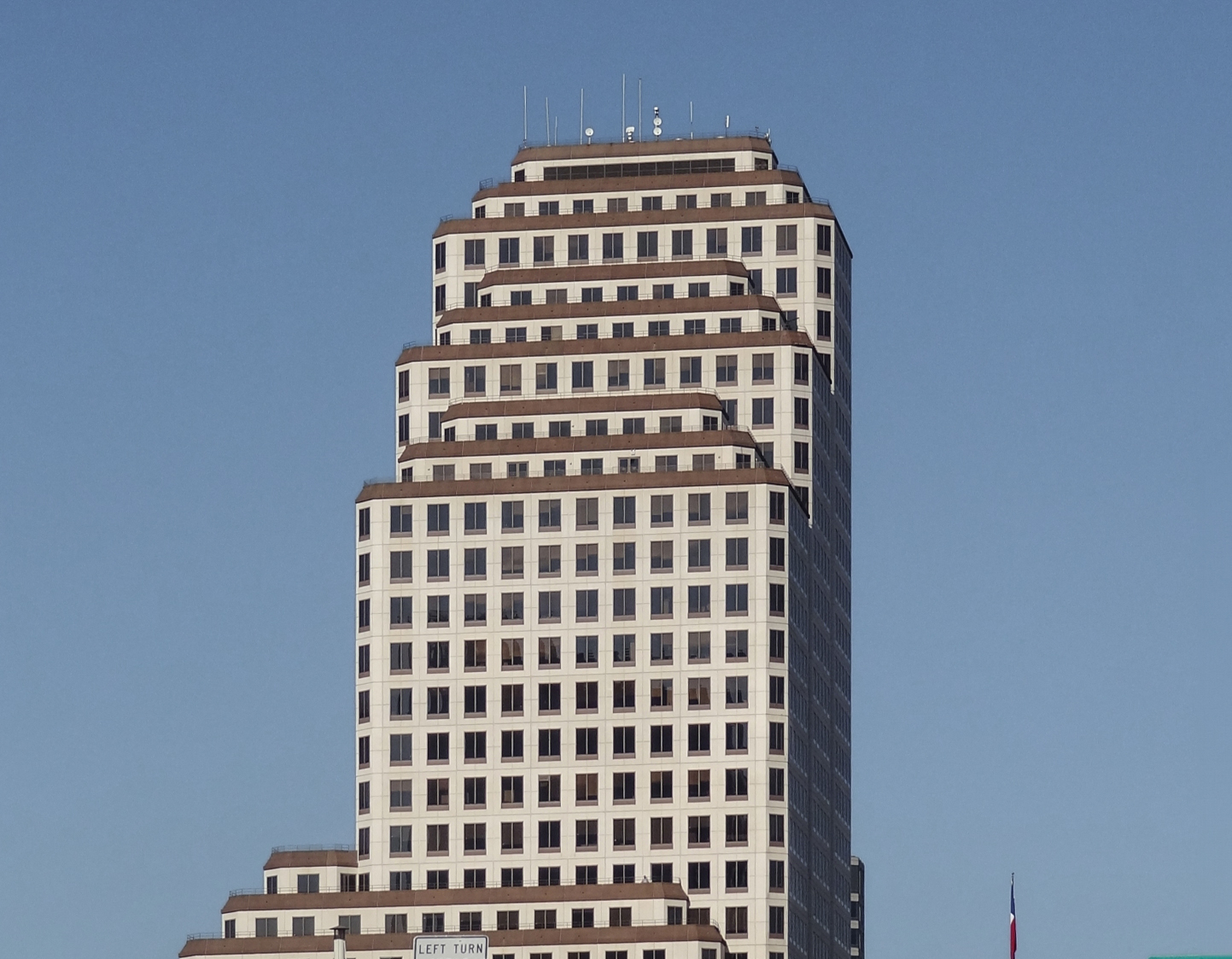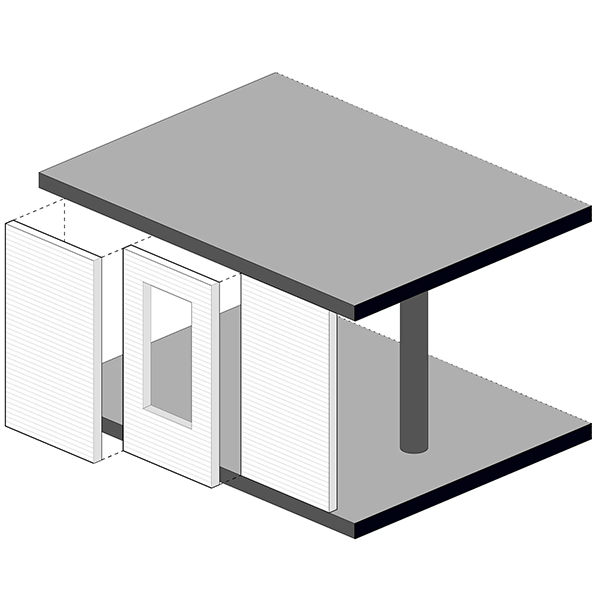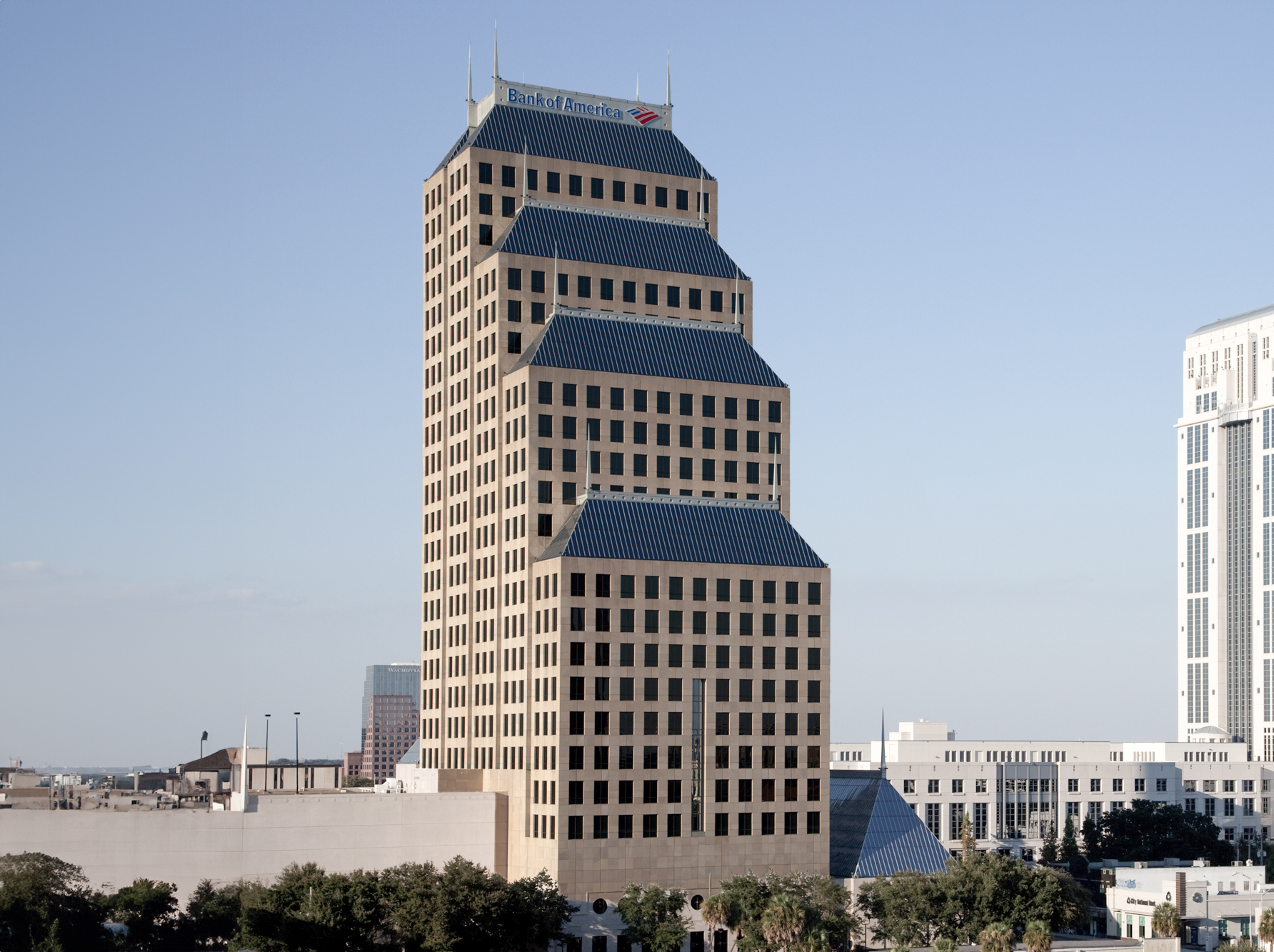The One American Center is a Postmodernist skyscraper designed by Morris-Aubry Architects, and built between 1982 and 1984 in Austin, TX.
Its precise street address is 600 Congress Avenue, Austin, TX. You can also find it on the map here.
The building has been restored 2 times over the years to ensure its conservation and adaptation to the pass of time. The main restoration works happened in 2018 and 2025.



